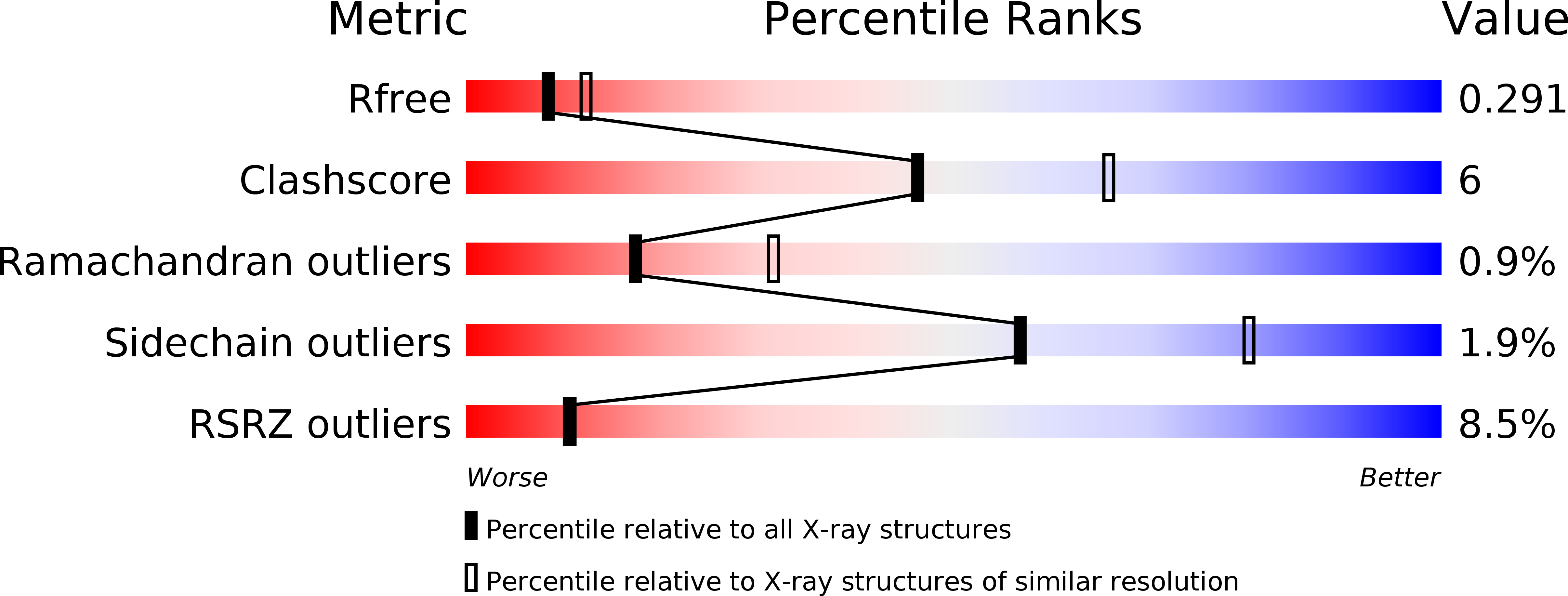
Deposition Date
2020-03-09
Release Date
2020-04-08
Last Version Date
2024-04-03
Entry Detail
PDB ID:
6W40
Keywords:
Title:
An enumerative algorithm for de novo design of proteins with diverse pocket structures
Biological Source:
Source Organism:
synthetic construct (Taxon ID: 32630)
Host Organism:
Method Details:
Experimental Method:
Resolution:
2.49 Å
R-Value Free:
0.29
R-Value Work:
0.23
R-Value Observed:
0.24
Space Group:
P 21 21 21


